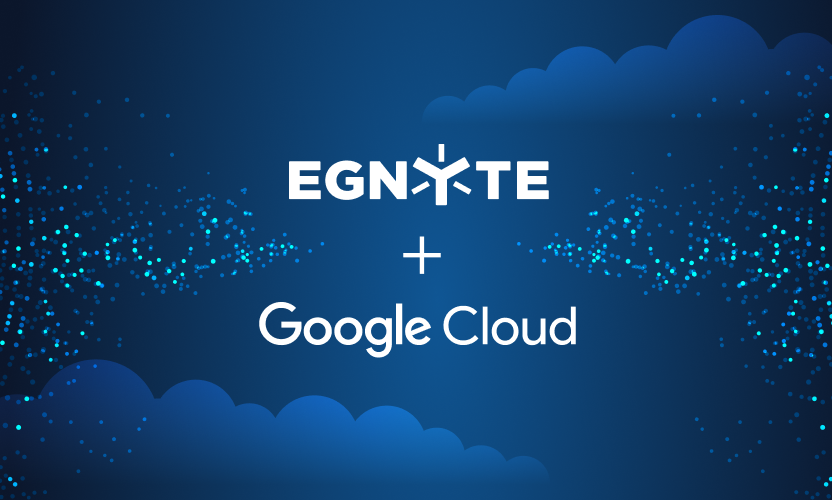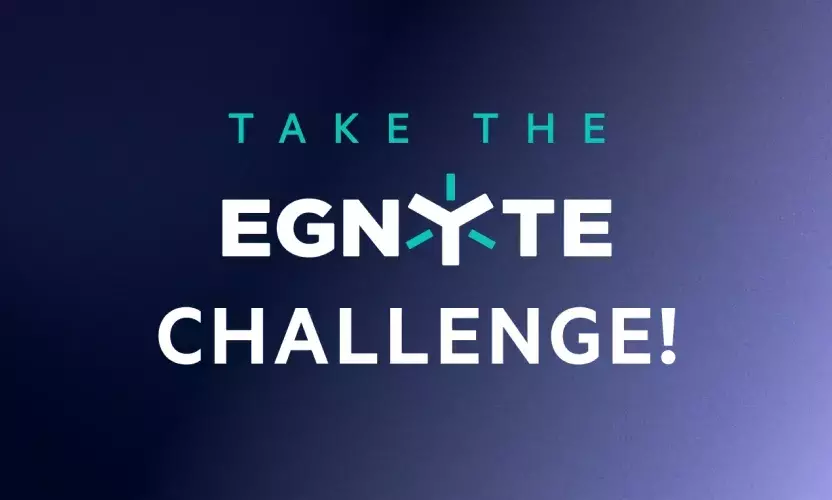
How To Transfer Point Cloud Data Faster From the Jobsite
Which is staler: 14-day-old bread or your point cloud data?
Affordable, reality-capture technologies are rapidly changing how AEC firms conceive of, design, and build structures today. Companies are using laser scanners, 360-degree cameras, drones, smartphones, and more to capture high-fidelity data that details every dimension throughout a project. Stakeholders can then use that data to collaboratively visualize, plan, build, adjust, and complete projects faster and more accurately.
The result is more precision, less rework, and lower costs—but not if the data is stale.
Point cloud data, which uses geometric coordinates to represent shapes or objects, is a big part of the AEC industries shift to digitization. However, those files are notoriously dense, ranging anywhere from 2 GB to 70 GB or more. This makes it extremely difficult to transfer the data from remote sites to the public cloud or an on-premises location with sufficient compute processing.
Many remote jobsites have low to no bandwidth, so project teams resort to manual processes to transfer the data. Typically, they will download it to a portable hard drive or a USB thumb drive, then they’ll either physically driving it to the office or drop it in the mail. Both options can take hours, days, or even weeks, meaning the information is stale by the time it arrives—or worse, it’s damaged or lost along the way.
So, after spending thousands of dollars to purchase reality-capture equipment and send people in the field to operate it, many projects struggle to unlock to full potential in mitigating rework and reducing costs; it just takes too long to turn the data into anything usable. Think of this as a digital–analog model. (Thank you Spencer Mains from ESA for this great term.) In effect, you significantly reduce the value of digital technology when you restrict it with manual workflows.
It is time to build fresh by evolving to a digital–digital model.
Use Egnyte to Keep Your Data Fresh
Egnyte keeps your data current and relevant by streamlining the entire process, enabling fast digital transfer of point cloud data from remote sites, even when there is low bandwidth.
Step 1: Your Onsite Team Uploads Files to Egnyte
Here is how it works. First, the point cloud data is collected directly from the reality-capture technology and downloaded to Egnyte’s Smart Cache from the field engineer’s laptop or an external drive. These files are automatically uploaded to the cloud, which means the field engineer does not have to manually wait for and transfer the data and is free to move on to the next capture.
Step 2: Egnyte Sends the Files to Point Cloud Apps
That device then sends the data to Egnyte and through to point cloud applications on the public cloud (AWS or Microsoft Azure) or in an office. Now the content is automatically available for point cloud applications with almost zero user intervention, saving additional time.
Step 3: Egnyte Makes the Data Centrally Available
Next, the data is and sent back to Egnyte, where it is centralized and easily available to all the teams that need to use it, even if they are at remote jobsites.
No more waiting for uploads; no more driving hard drives around; no more standing at the mailbox waiting for the mail to arrive.
Collaborate Quicker with Egnyte
With Egnyte, the time it takes to make point cloud data available for usage is counted in minutes, not hours or days. Architects, engineers, project managers, and superintendents who need to collaborate on this data can do so earlier. And that means your data is current and relevant, leading to more accurate and faster projects, less rework, and lower costs.
And if you want to learn more about how Egnyte helps AEC firms with remote collaboration, secure mobile access, and ransomware protection, please visit https://www.egnyte.com/solutions/construction-engineering.




